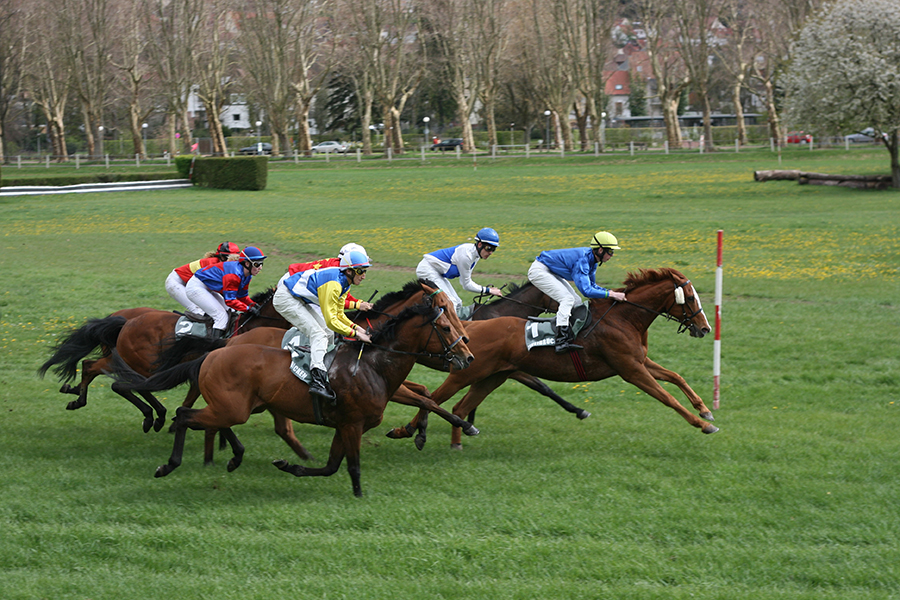EQUINE SCIENCE
You want to expand your knowledge about professions, terms, horse breeds and riding disciplines? Then you are exactly right here!
A lot of interesting facts and many interesting things about horses you will learn in this section. Read in and inform yourself!
In addition, there is a certain basic vocabulary that every horse lover should know and that includes the most important terms related to horses.
Furthermore, we explain the differences between the individual equestrian disciplines that you can marvel at here in the region and also practice yourself.
Vocations around the horse
In the equestrian field there are many interesting and varied professions. Some, also historically afflicted, we present to you here.
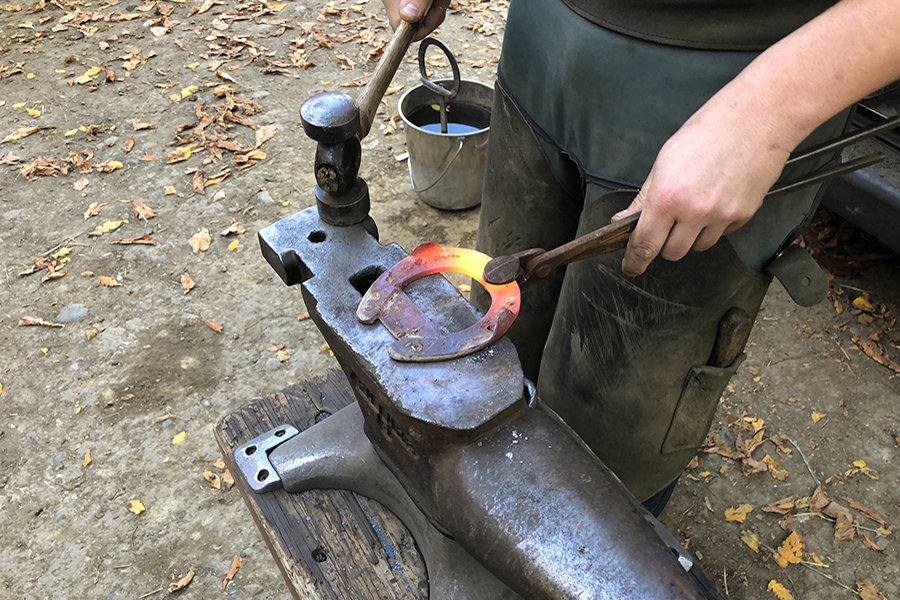
farrier
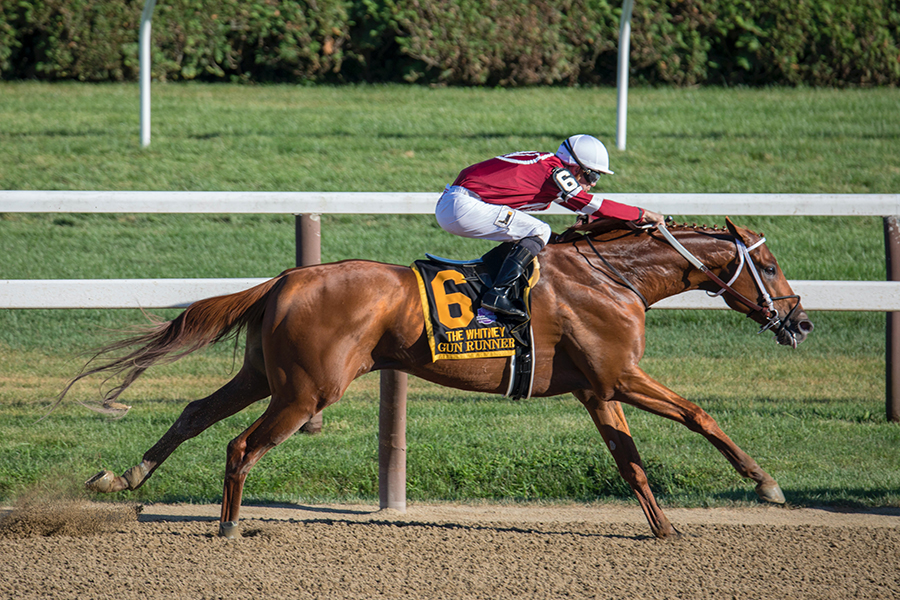
Jockey
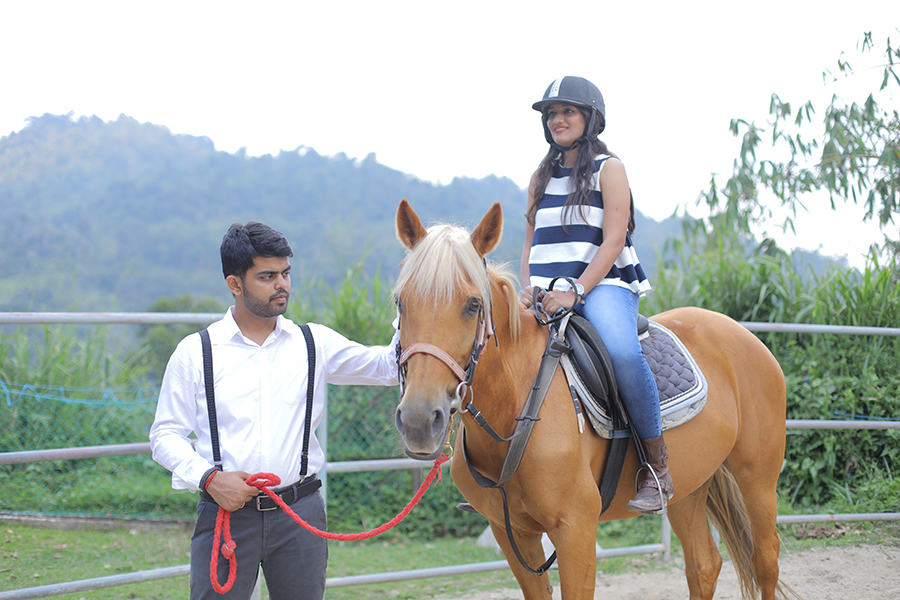
Riding attendant
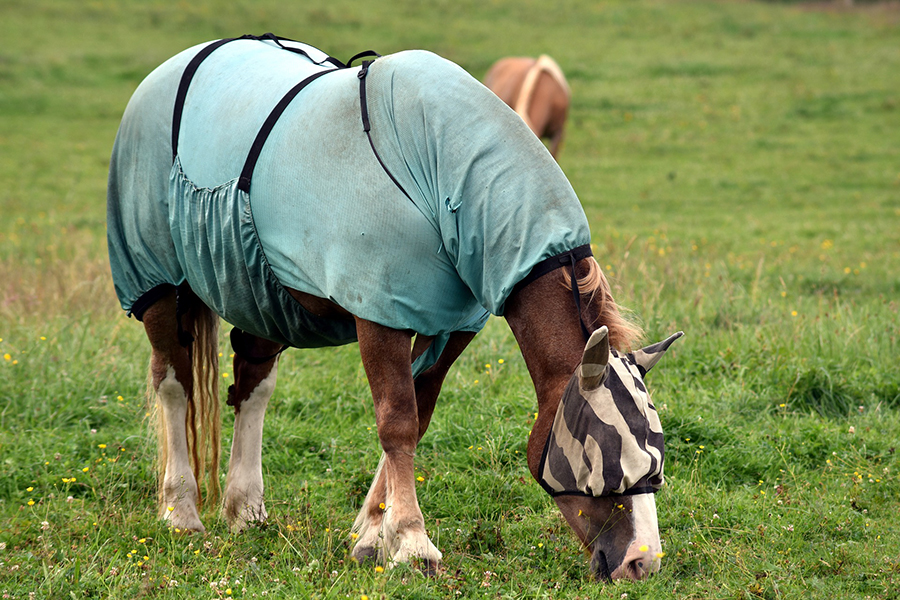
Equine physiotherapist
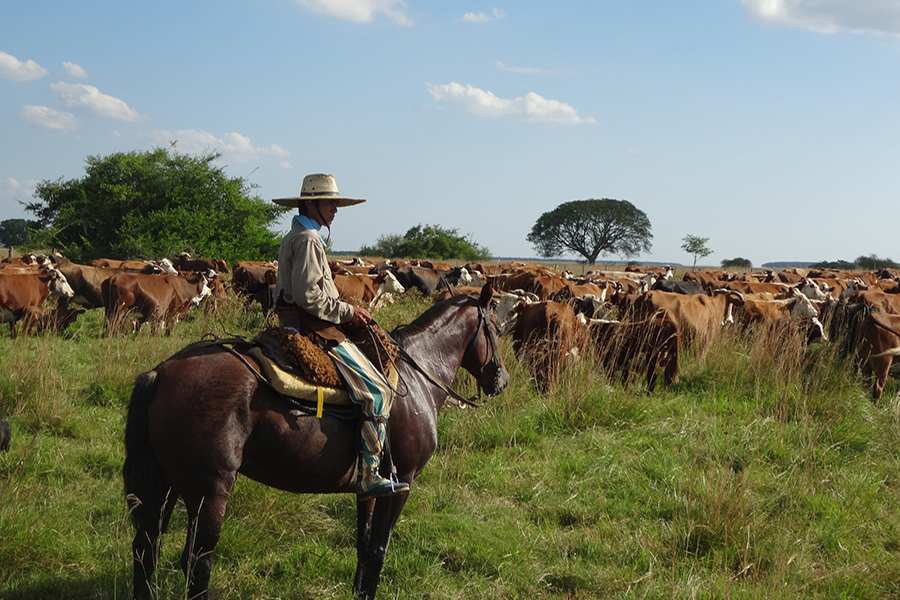
Gaucho
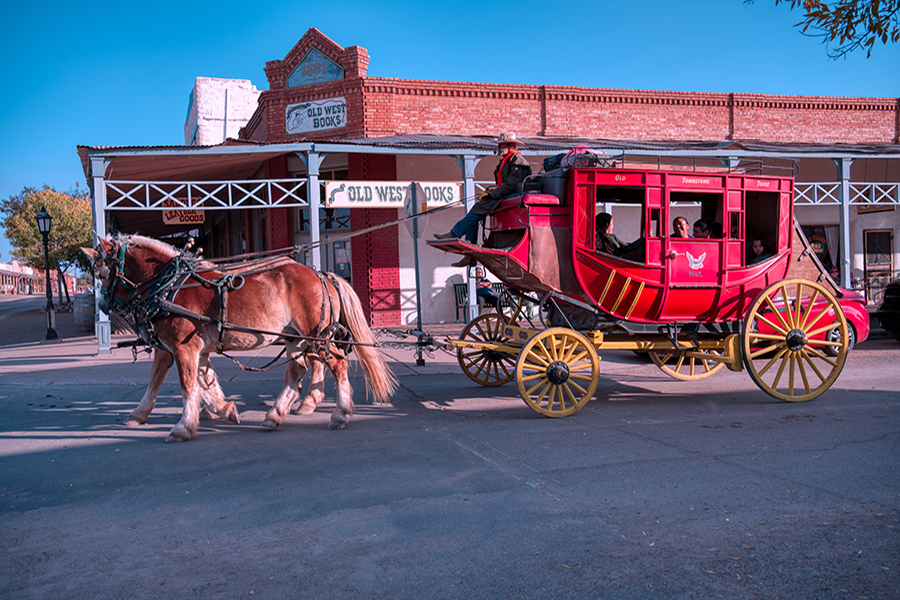
Postillon
Terms related to the horse
Both in the professional field of equestrian sports and in hobby riding, there are all sorts of technical terms that the layman often does not know. From this wealth of information, we have selected the most common for you.
You can find many more interesting terms at GEOlino.
Gaits
Graits are different speeds at which the horse can run. The basic gaits that every horse is capable of include walk (slow), trot (medium) and canter (fast). In some breeds, there are other gaits such as pass and tölt.
Pony
A pony is any horse that is no taller than 148 cm.
Gelding
Gelding is the technical term for a castrated stallion. This operation is usually performed at foaling age.
Exterior
Exterior refers to the external appearance of the horse. This refers to the head, neck, torso, legs, coat and tail and mane.
Interior
Interior is the opposite of exterior and refers to the horse’s nature, its character. It also includes factors such as temperament and obedience.
Gingers
Gingers serve to protect the horse’s legs.
Saddle pad
A saddle pad is a saddle blanket that is usually larger than the saddle. It is placed under the saddle and prevents the horses from rubbing themselves sore on the saddle.
Snaffle
The snaffle is probably the best known bridle for horses. It consists of a head piece, to which the bit is attached, and the reins.
Withers
Withers are called the raised transition from the neck to the horse’s back.
Stock measurement
The stock measurement is used to determine the height of a horse at the withers. For this purpose, a measuring rod is placed next to the animal and a crossbar is pushed to the height of the withers.
Horse breeds in the West Palatinate
In the West Palatinate are mainly the horse breeds presented below. Many breeders in the region have specialized in these animals.
For information on other horse breeds, see eHorses magazine.
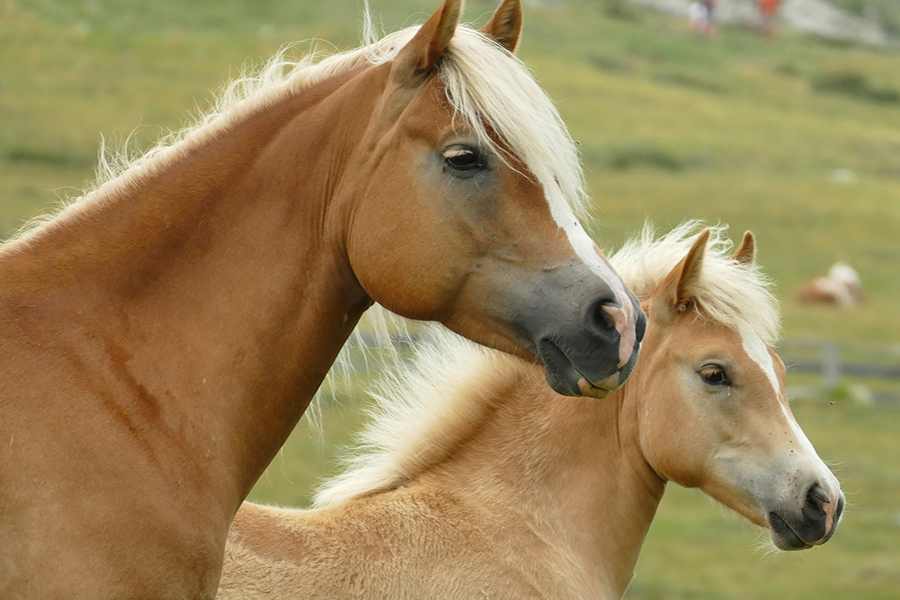
Haflingers
Even without being a horse expert, the breed is usually recognized directly, by the typical chestnut color paired with the light long hair. The Haflinger reaches a height of 138 cm to 148 cm and is a medium sized, noble pony with strong shapes and a harmonious build. This gives them a robust yet elegant appearance. The head has large nostrils, mobile ears and lively expressive eyes.
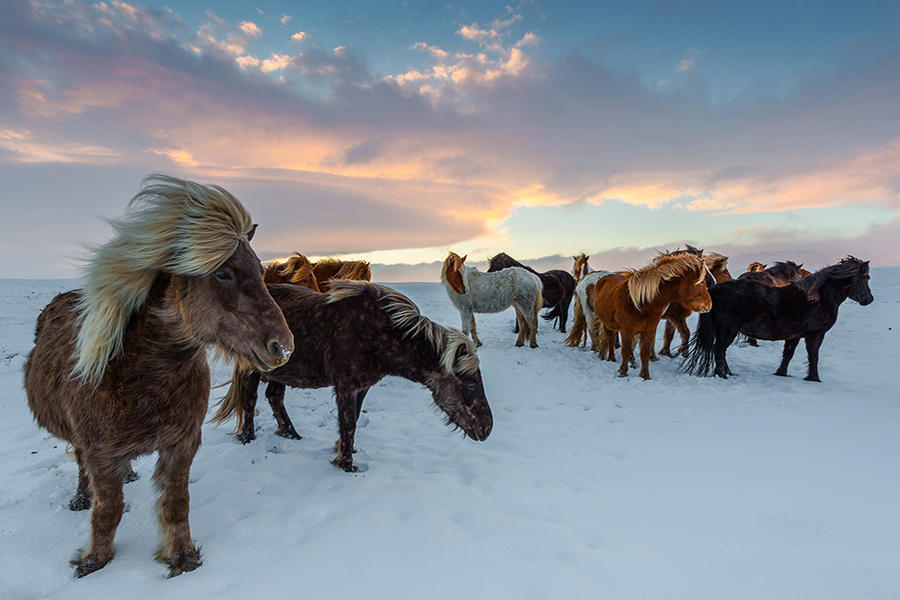
Icelanders
They reach a height of up to 150 cm and are available in all coat colors with different color variations and markings. Icelandic horses are gaited horses, which means that they are genetically predisposed to master not only the basic gaits, but also the fourth gait, the tölt. In addition, they are the only horse breed in Europe to master the racing gait. Another special feature of the horses is their late maturity, because they are not fully grown until they are seven years old. Therefore, they are not broken in at the age of three, as is typical, but at the age of four or five.
The breed is very hardy and multi-talented, which makes them a great partner for riding. They have an easy-going and friendly disposition and are characterized by frugality and a good willingness to walk. They are hardy and have a life expectancy of 30 - 35 years and are considered a healthy breed of horse with little susceptibility to disease.
Due to their strong character they are very popular and are therefore a reliable companion not only for children but also for adults. Especially since they can handle weights of up to 90 kg despite their small size. In addition to recreational use, there are special tournaments for Icelandic horses, where the gaited horses can demonstrate their willingness to perform.
Zweibrücker
Zweibrücker horses should appear as sporty, large-lined riding horses and have a stock size of 1.60 to 1.80 meters. They come in all coat colors and shades, with the exception of cremellos. Characteristic of the correctly built warmblood is a pronounced sex type with varying caliber. Also desirable is a dry, expressive head with sufficient throatiness, as well as large, alert eyes and a clearly defined muzzle. The neck should be well muscled and taper towards the nape. Withers reach far into the back and the shoulder is long and sloping. The Zweibrücker should also have a slightly curved generous topline and show a well muscled loin and muscular, slightly sloping croup. The breeding objective of the foundation is correct limb position, hard correct hooves, and strong pronounced and prominent joints.
The Zweibrücker is a friendly horse, known for its willingness to work and its strong nerves, and proves to be a reliable partner. It is versatile due to its willingness to perform and is thus represented in the disciplines jumping, dressage and eventing but also in driving. The behavior of the horses always reveals a good character, high intelligence and a balanced temperament.
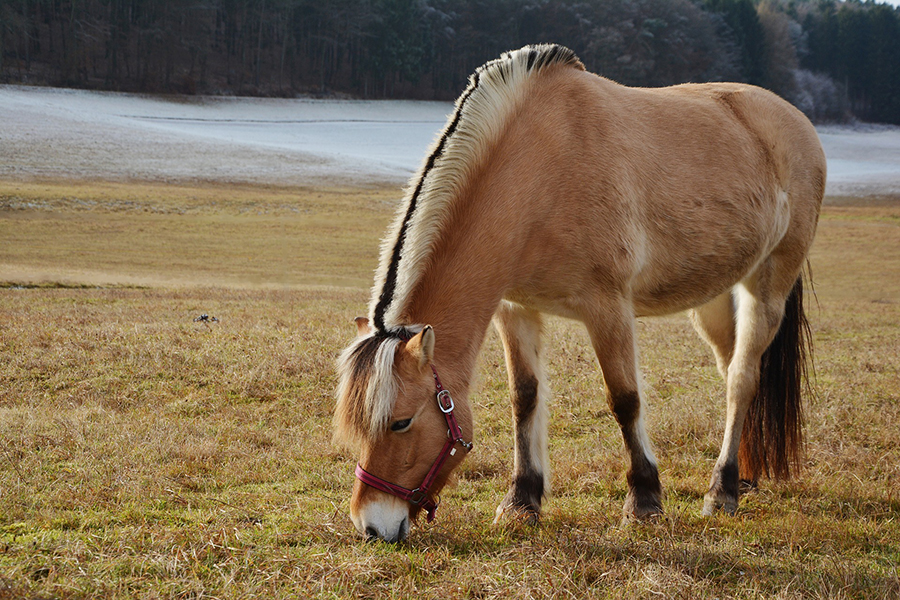
Fjord horse
They have a charming, amiable appearance and show themselves breed-typically exclusively with wild-colored fur coloring, which reaches from brown to bright colors. Also characteristic is the two-tone mane with a dark longitudinal stripe, which is typically trimmed to a short standing mane. This leads over the less pronounced eel line along the back into the tail, which is again distinctly bicolored. The front and hind legs have distinctive zebra stripes.
They also have expressive wide-set ears as well as large eyes that radiate calm and balance with their good-natured gaze. Fjord horses typically have a broad chest and a well-muscled back. With a height at withers of 135 to 150 cm, they have a typical pony stock.
Riding Disciplines
You can find more equestrian disciplines in the eHorses Magazin.
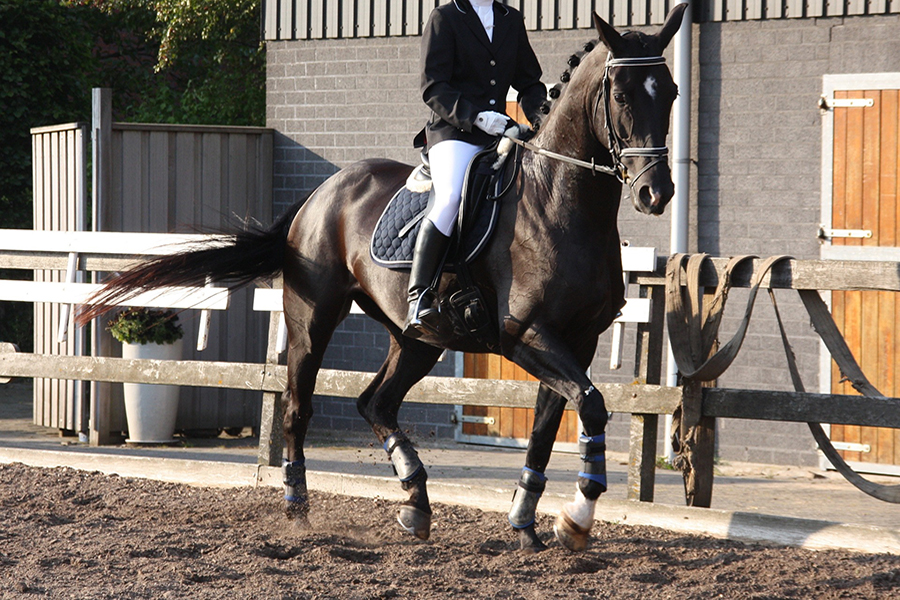
Dressage
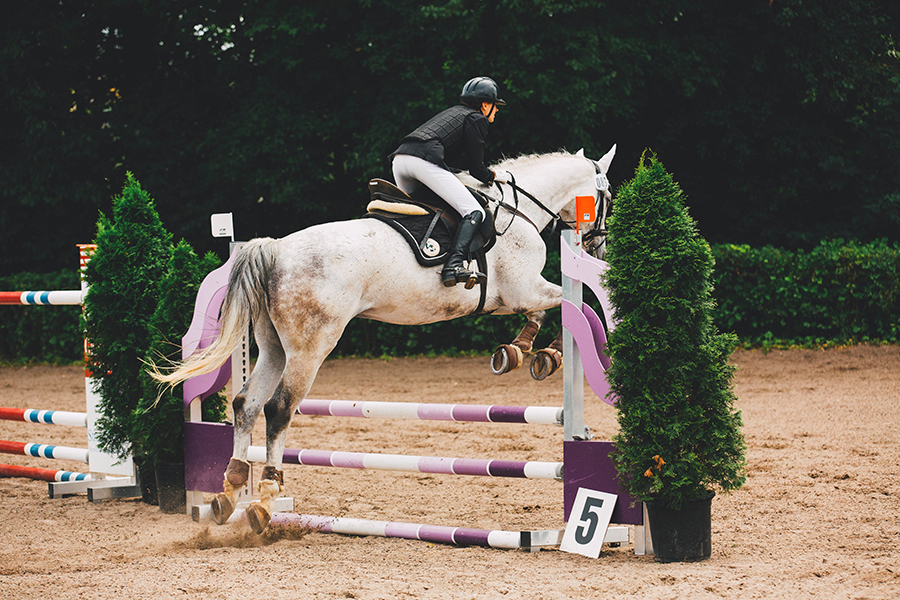
Show jumping
